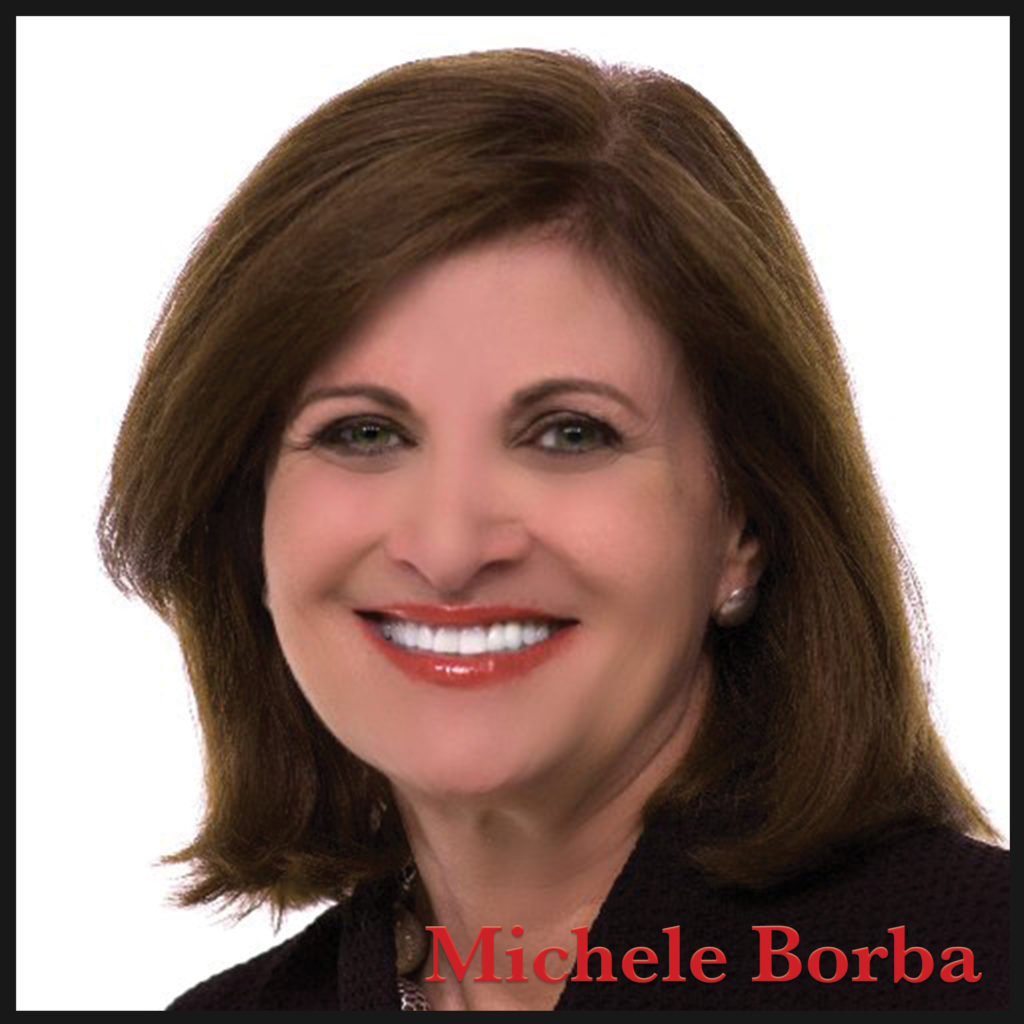
Habits to Build Empathy…
- Emotional Literacy – to recognize own emotions and emotions in others
- Moral Identity – to adopt caring values
- Perspective Taking – stepping into other’s shoes – feelings, thoughts, and views
- Moral Imagination – to feel with others when reading, seeing images
…To Practice Empathy
- Self Regulation – managing strong emotions / reduce personal distress to be helpful to others
- Practicing Kindness – increasing concern for welfare of others
- Collaboration – working with others for the benefit of all (shared goals)
…and To Live Empathy
- Moral Courage – speak out, step in, help others
- Altruistic Leadership Abilities – making a difference for others
J.P. Guliford’s Divergent Thinking: seeing multiple options, viewing solutions in a different way, finding connections between things that initially seem disconnected, finding unconventional uses for a conventional item.
Edutopia’s Strength-Based Learning approach: identify strengths and make them weapons, versus focusing on correction of weaknesses only [or deficit model of learning].
Simon Sinek’s Remembering the WHY of learning [Learning is first WHY? Then what and how, etc.]
If you really know something, you should be able to break it down into its simplest components, so that everyone has the ability to understand it – otherwise you really don’t know it well enough.
Once you dive deep in order to master something, the next thing you try to master will come more easily, because many of the components of mastery are universal [so choose one thing and dive deep, and forget the “broad and shallow” approach to learning].
We all need to have at least one real passion, something we invest in so completely, it reveals who we are to ourselves.
Carol Dweck: Our Brain is just another muscle, and muscles can be trained and strengthened – Growth Mindset: belief that abilities, intelligence, and talents can be developed.
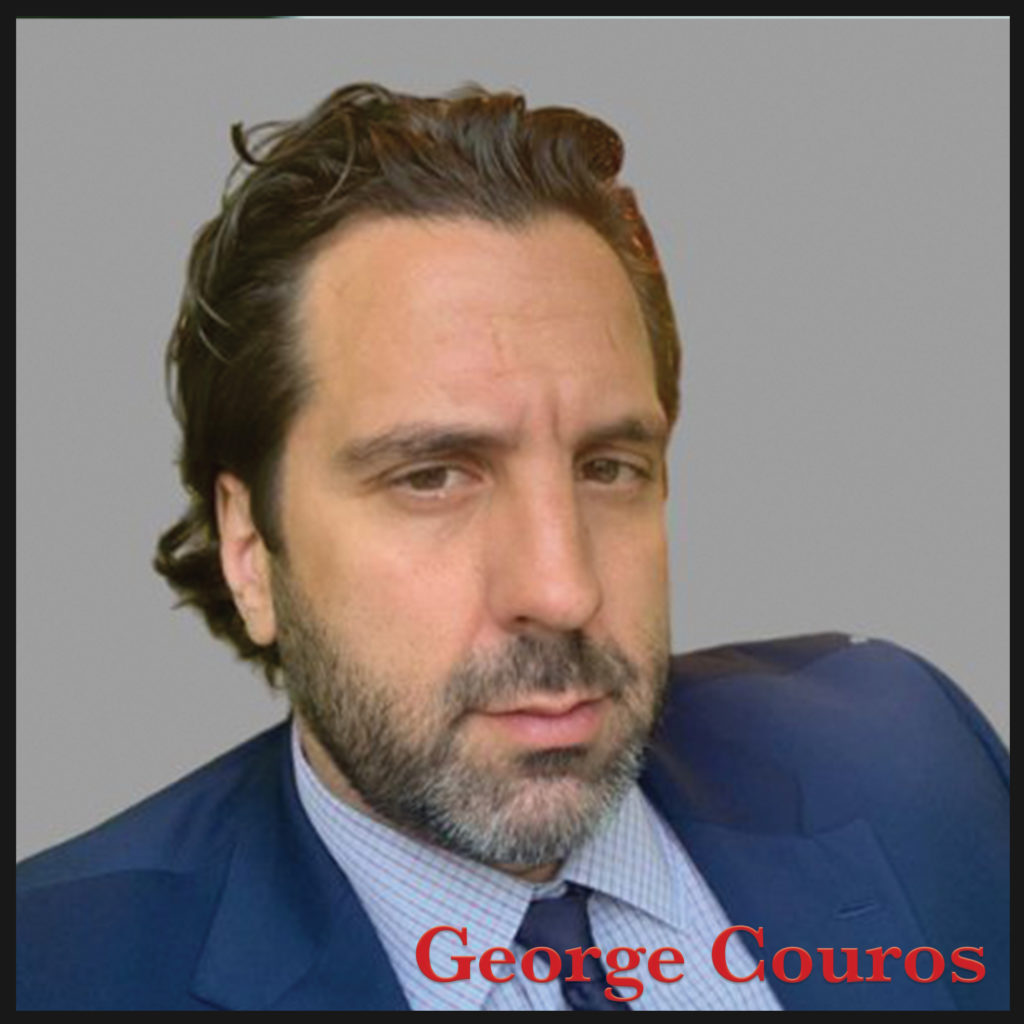
George Couros: “The world only cares about—and pays off on—what you can do with what you know (and it doesn’t care how you learned it.)”
- Teachers should be lifelong learners too – we are all on that journey.
- Important: as long as a student has some fun, they will keep coming back to it, and through time will learn much more than if they give up in frustration.
- The pressure of competition forces us to concentrate [adrenaline pumps, and we get more from it than in actual practice].
- In Competition, there is a difference between playing something and playing “at” something.
- Reflection is how you take someone else’s knowledge and make it useful to you (retain it).
- “Eating your Vegetables” – On the tedious stuff, make the students teach the class.
Be ‘problem finders’ (ask the right questions), then solve those problems.
John Spencer, Alan November: Let the students own the learning.
Make “Reverse Engineering” an important step in understanding a device students hope to reconstruct later.
Invent to Learn, Gary Stager [Making across the curriculum means students as novelists, mathematicians, historians, composers, artists, engineers.]
Everyone’s voice needs to be heard – help everyone find their voice through writing, video, music, speech, art (medium of choice) [blog, podcast, photography, poetry, web design, coding, vlogging, Twitter 30 second videos, TED talks, etc.].
Innovation is improving on an existing idea – start with what we already know.
Critical thinking involves questioning tradition [“bull-$#!+” detection].
We want interactive producers, not isolated consumers.
Limiting tools then mastering them:
- Google Apps for Education to encourage communication both locally and globally.
- Blogs used as digital portfolios to enhance and re-envision assessment.
- Twitter to support professional learning and help develop personal learning networks.
Use Inquiry-based learning in the Community setting (ask good questions, research to find solutions, then share this new knowledge with community).
Self-Assessment means knowing your own strengths and weaknesses, whereas traditionally we must wait for teacher assessment.

John Spencer’s LAUNCH cycle is the framework for creativity in the classroom:
L [look listen learn (empathize)]
A [ask tons of questions]
U [understand the process or problem (define / research)]
N [navigate ideas (ideate)]
C reate a prototype
H [highlight and fix / test…Then launch to an audience!]
Shark Tank Project: Entrepreneurial product pitch, research potential users, develop a product through brainstorming ideas, pairing it down to one specific concept, create a plan (blueprint or “ideating”).
Game-based professional development mission:
- Game-based learning: Minecraft for schools, Portal 2, World Peace Game Foundation
- Gamification in schools: (reward-based system) 3D Game Lab, Class Craft, Class XP
Project Global Inform (making community aware of injustices / human rights violations around the world).
Understanding is revealed when students autonomously make sense of and transfer their learning through authentic performance. Six facets of understanding—the capacity to explain, interpret, apply, shift perspective, empathize, and self-assess—can serve as indicators of understanding.
Joseph Joubert: “To teach is to learn twice.” [Students must teach what they learn.]
Create a world-wide network, where “thinkers” get together to discuss the topic they are obsessed with, that drives them, where they form coalitions and make plans, and innovate – a “genius bar” where novices can ask questions and obtain knowledge, then synthesize that knowledge.
Teacher must spend more time in role of mentor, advisor, facilitator…COACH.
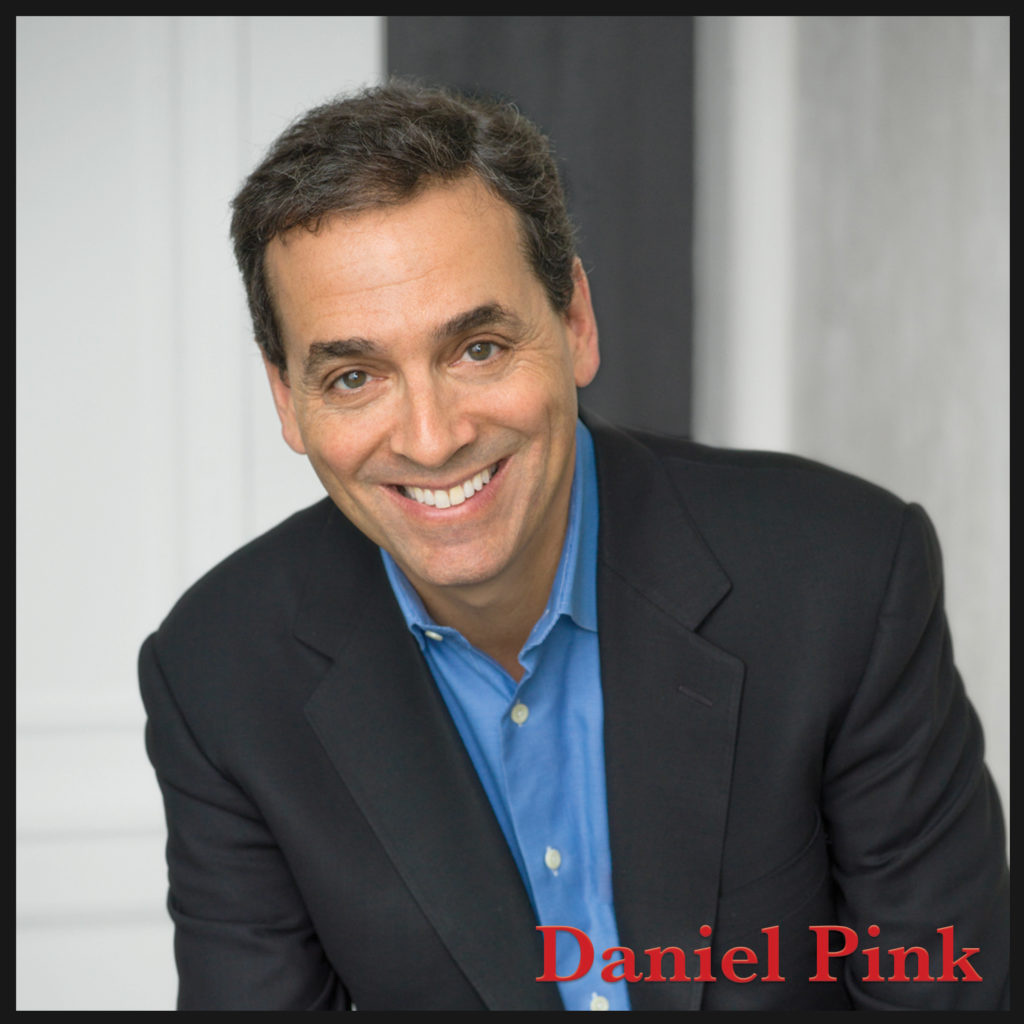
Daniel Pink [Drive] – most important predictors of high-quality work are autonomy, mastery, and purpose – when students believe their work has a purpose, they work extra.
- Classroom should be an entrepreneurial space.
- The school library can become a global communications center.
The more we grade creative work, the less of it students will do.
L [listen]
E [empathize]
A [articulate]
R [reflect]
N [never stop learning]
E [Engineer a Solution]
R [rinse and repeat]
Standards based grading – teaching that nothing is perfect the first time around; encourage revision until idea has reached its best iteration.
Less is more: depth over coverage. The school’s goals should be simple: that each student master a limited number of essential skills and areas of knowledge.
Student-as-worker, teacher-as-coach
Check out the ideas at the Character Lab, and their Playbooks to develop skills like Grit, Growth Mindset, Proactivity, Emotional Intelligence, and more.
Scaffolding – support given by a skilled performer toward an apprentice, who is carrying out a task (Collins, Brown, Holum) This is accomplished by building upon the student’s prior learning. The basic steps of scaffolding include:
- Start by building on what the learners already know
- Add more details and information over a period of time
- Allowing the learners to perform on their own
- Afterwards, the fading process begins by slowly removing the support in order to give the learners more responsibility.
Manage things, lead people.
To be the best leader, one must be able to break big ideas into smaller digestible chunks.
Team effort means I have an idea, you have an idea, and together we merge and form a new third idea.
Innovative leaders are empathetic (understand needs of those they serve), they are risk-takers, they model or practice what they preach (have visions they are able to translate into practice), they are connected, they are observant, and they are all about team and relationships.
If you want to engage people, tell a joke (entertain them), but the goal is actually to empower them (give them tools to pursue their own passions) and they will automatically be engaged.
Power is about what you can unleash. Therefore, Power always trumps Control.
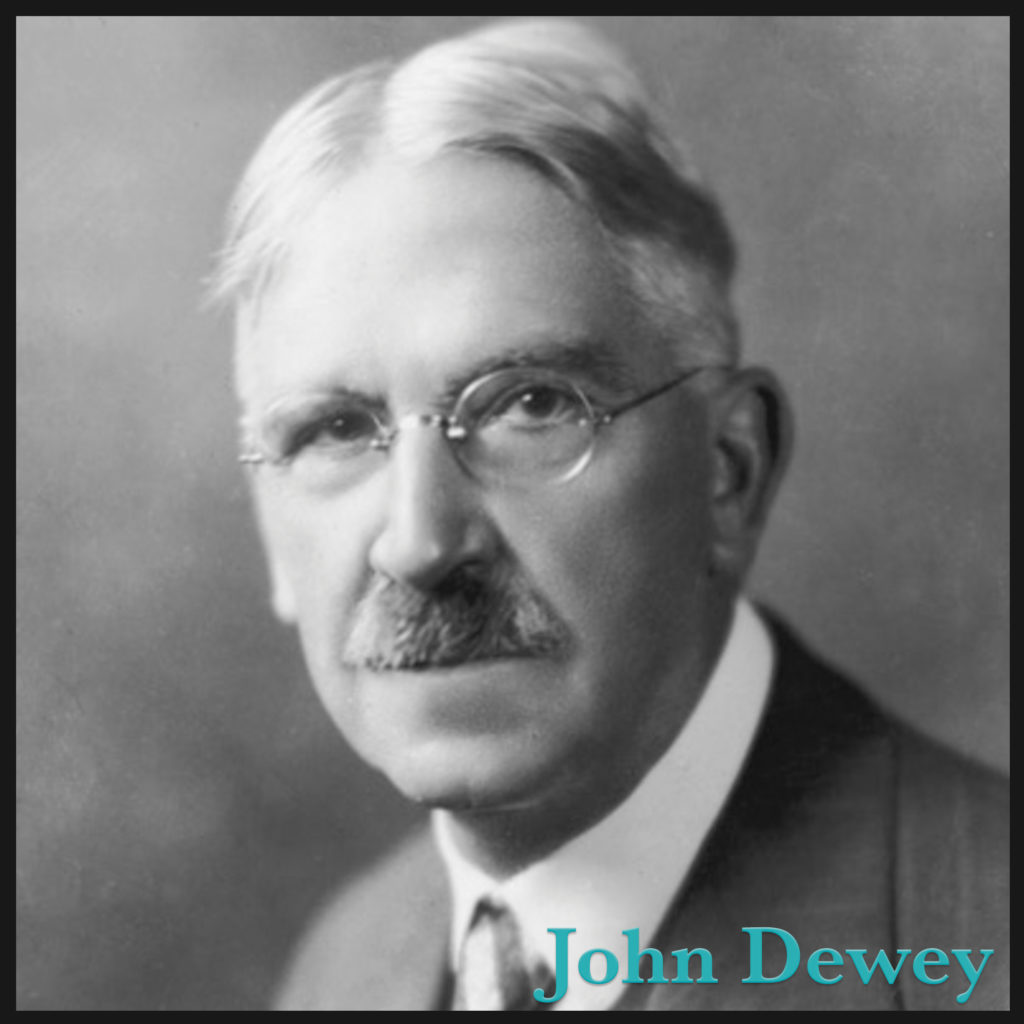
John Dewey: We do not learn from experience; we learn from reflecting on experience.
Self-Assessment – Where are you at in the process of mastery? So where do you focus your energy next?
Playing this game of educational “whack-a-mole” where we only focus on the next problem that pops up, leads to overall feeling that we are never good enough.
Everything we need is right in front of us, we just need to identify it, then tap into it.
George Couros, Innovator’s Mindset: Learners are the drivers – technology is the accelerator.
- The tools of Technology need to be transformative (to be “literate” in Technology means you can turn it on, to be “adaptive” means you’ve just paid for a $1000 pencil, “transformative” means it allows you to do something you could not do before).
Creativity is where we start to think differently, innovation is where creativity comes to life.
Brainstorming – The best way to have one good idea is to first have lots of ideas.
Competitive collaboration can be an accelerator. Example: Two high schools in same district use same hashtag to show and share work. They begin to compete to out-do each other in the quality of their posts
- Using a hashtag is a simple way to create connections between teachers in your own building / Hashtags will connect large groups of people working on the same things
School should not be a place where answers go to die but questions come to life.
Critical Thinking can start with a “why do we do this?” type of question about school process.
“You do not fatten a pig by weighing it – feed it.” (refers to constant school assessment).
“You can’t please everyone, so you gotta please yourself”.
Time constraint (or any other boundary) can be an opportunity, not a barrier (mindset).
Taking lemons and making lemonade – games are how we take constraints and thrive within them.
The New Direction will be an idea that becomes a platform / springboard for other ideas to build on top of it, until the whole thing mutates into a new platform, etc.
At every grade, be a maker (creator / inventor, planner, builder / engineer) – time constraint can be empowering, students come to class with McGiver-like items in a box and instructions to make something in 45 minutes (like Iron Chef), a challenge to see who wins, but everyone votes.
Marketing is a skill that should be taught – kids learn an ethical way to persuade, learn about rejection and persistence, teaches empathy / courage / how to be more savvy consumers (through being educated on this topic), helps build confidence – we have to get people to buy into our good ideas.
John Spencer: 7 Types of Teachers / learners:
The Artist – making things from scratch
The Geek – loves the details of stuff
The Architect – loves the infrastructure, big picture or framework
The Engineer – loves to solve problems, make something better
The Hacker – tends to destroy / break down existing systems to force something better
The Point Guard – a creative approach that’s sports oriented, decision-making on the fly
Types of Research:
- Problem-Oriented Research – focus on causes or effects of a problem, gathering solid facts, data, and trends
- Audience Research – discovering styles, beliefs, values, etc. of intended audience
- Market Research – targets an audience too, as consumers, their behaviors, plus competing solutions / products
- Process Research – making sense of structures, systems, concepts – how things work
- Skill-Based Research – steps for producing a specific product (a recording, novel, etc.)
Building a successful business – must wear many hats (in collaboration, you hopefully can cover and be strong in all phases): must be a number-crunching data person, a creative idea person, a divergent thinker (can combine ideas into something unique), a pessimist who sees all the flaws, and an optimist who sees all the strengths, a capitalist who can see the financial viability of an idea, a leader who knows which voice needs to speak at what time, and also keeps everyone on task and productive, etc.
Too many choices are debilitating – search for just the right amount of choices.
Nothing scarier than going into the lion’s den and not being fully prepared – students have a perfect right to be scared, as we have not prepared them for much.
You are obligated to reach your potential for the good of mankind, to help mankind through your expertise at some subject – you also have other passions, that are “hobbies”, that you do for your own enjoyment, which is owed you for your help in your area of expertise.
“Teaching Character implies some moral standard imposed, something being good in and of itself, not just a skill needed for success – also implies some self-sacrifice…” [Some knucklehead actually said this – this teaches us that if we don’t want character and self-sacrifice to die out, we are going to have to weave it into the fabric of the new paradigm].
Set up for Continuous Improvement — a RISC system creates a climate of ongoing refinement and innovation [the “Language” tracks will be designed this way].
Daniel Pink (a Whole New Mind) – everyone is now in sales; everyone is either selling ideas, beliefs, products, or solutions one way or another, and to successfully sell and influence others you need to take ownership and leadership to provide a vision for a better path.
Stephen Covey: nothing moves like the “speed of trust.” If we want people to take risks, they have to know we are there to catch them and support them. They also need to see us leading by example and taking risks in our work.
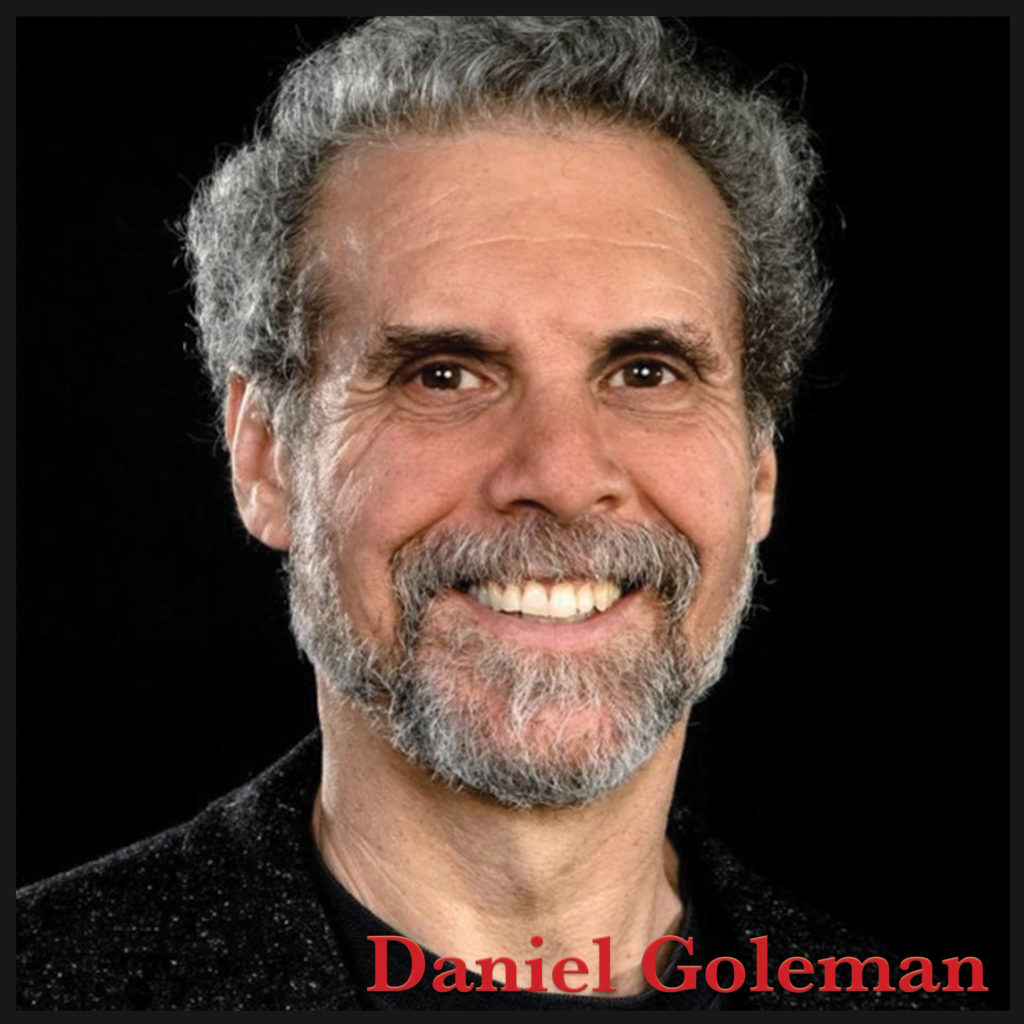
“Self-absorption in all its forms kills empathy…” —Daniel Goleman, on building Emotional Intelligence
Report on students’ strengths in social and emotional skills (valuable for career readiness and civic engagement) [Make this information readily available to student, parents, and teachers at any time to allow all stakeholders involved to offer remediation and enrichment where necessary].
Studies across decades show that higher-achieving students are not harmed by being in classrooms with lower achievers. Mixed-ability classrooms, with a teacher skilled in differentiating instruction teaching an enriched curriculum, is the best possible way to group students.
Students should be required to attend school as early as 3 years old. Pre-K students need time to play and nap but should stay in school for the full day.
The education system of the future has universal, high-quality prekindergarten programs available for all three- and four-year-old children.
After English and math, students need a chance to try painting, playing a sport, learning an instrument, or cooking a meal – Restore arts, music, physical education, etc. – expand programs to give kids pathways to explore their passions.
- Elementary classrooms – workstations that can be easily moved throughout the room so students can begin fostering relationships with each other. Also retain the beloved “story space,” a communal seating area where the full class can gather.
- Middle-school classrooms – incorporate informal seating areas like window seats and benches with collaborating worktables. This will allow students to become comfortable working in teams, and also to seek out space for personal reflection and work.
- High-school classrooms should be designed by students themselves, providing breakout space for group work and more private areas for individual work and studying. High-school classrooms should reflect the transition that students are facing, allowing for independence but also providing a nurturing environment for curiosity.
- Classrooms at all levels will have interactive technology, books, and e-readers, and as much natural light as possible. Further, all schools should think about non-traditional learning spaces such as gardens, kitchens, and places off campus.
In a recent research brief on class size, the National Education Policy Center identified class sizes of 15-18 to be ideal; every classroom will have two teachers [or at least one teacher and a well-trained assistant]
Cologne, Germany – teachers taught in teams (larger classrooms with two teachers), and teachers stayed with the same set of students for six years, capitalizing on their knowledge of the individual needs of students)
No mandatory homework in elementary school. None. No homework in middle school and high school unless a kid wants to do it.
More diverse courses – psychology, economics, life skills, drugs/medicine, health, and philosophy/world religions, music and arts, financial literacy, coding to culinary arts, physics to physical education, music theory to Mandarin, robotics, Government, environmental-sciences, economics, engineering, and computer science
Students should be in school year-round, with the equivalent of eight weeks of vacation distributed throughout the year—two weeks every season
Let’s offer good after-school childcare that provides enrichment and recreation within neighborhood schools, available for every child.
Children—especially young children—learn through play and activities. Some kids may need a safe place in the evening, a meal during school breaks, or opportunities for engagement and learning outside of school hours. That’s where community schools can play a big role, especially in hard-hit areas—staying open late and year-round, offering a place for kids to find activities that keep them engaged and out of harm’s way.
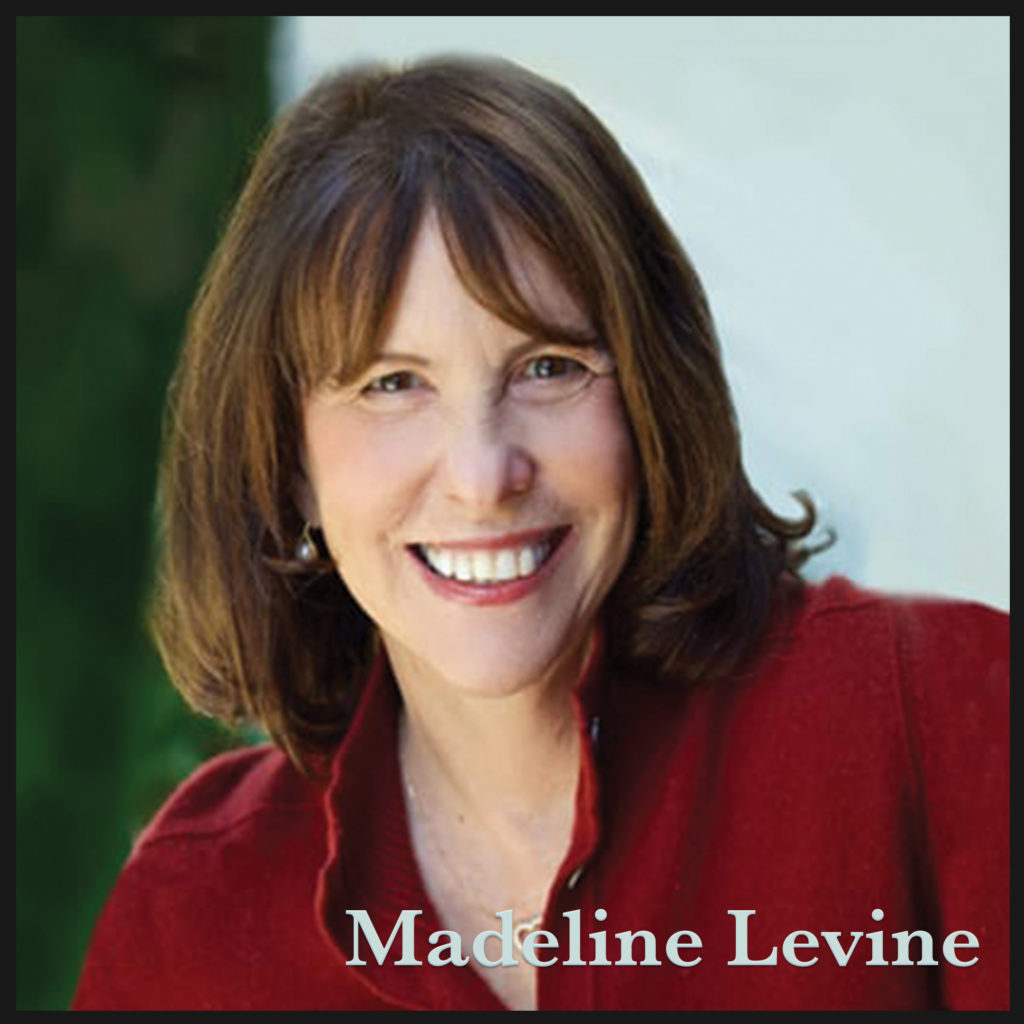
Madeline Levine: “Almost every private school has advisory, a person for each kid to go to,” Levine said. “But in public schools, there are just a few counselors for a thousand kids or more. By the time you’re hitting high school, you need someone apart from parents to test ideas with, to kick around problems, a go-to person who a kid feels knows them.”
Guide students on HOW to get to the answer rather than getting the answer.
Teachers need to have the time, the resources, the incentives, the cover to be able to experiment with innovation in their classrooms and share what they’ve learned with their colleagues.
Colleague to colleague learning – going into someone’s classroom, see the success, and want to bring that back into their classroom.
The first important action of launching and fostering change is to bring people together around things they care about. Whether they are involved parents, enthusiastic students, a supportive administration, or flexible teachers, you are surrounded by people who are willing to help you implement change in your school.
- What brings people to work each day is THEIR OWN VISION
- There are many viewpoints of the “shared vision”, which is a fixed entity, but can be seen from as many POV’s as there are people.
- LEAD BY EXAMPLE – calling on parents to read more and engage in parent-child reading
The Pathways to Education Program®:
- Academic Support: Tutoring in core high school subjects 4 nights / week. Students get help with homework, projects, exams, organization and time management skills.
- Social Support: Students explore / discover hidden passions / talents which could ultimately lead them to find a meaningful and fulfilling life and career path.
- Financial Support: Students receive bus tickets or lunch vouchers for each day they attend school. They may also be eligible for a Pathways scholarships to help pay for college, university, or vocational training.
- Staff Support: Student-Parent Support Workers work one-on-one with students. SPSWs help to build stable relationships between young people, parents and school staff by monitoring attendance, problem-solving with school administration / teachers, and advocating on behalf of students when parents are unable to do so.
KIPP skills: Zest (Enthusiastic and energetic participation in life), Grit (Perseverance and passion for long-term goals), Optimism (Confidence in a future full of positive possibilities), Self-Control (The capacity to regulate one’s own responses so they align with short and long-term goals), Gratitude (Appreciation for the benefits we receive from others, and the desire to express thanks), Social Intelligence (Understanding the feelings of others and adapting actions accordingly), Curiosity (Eagerness to explore new things with openness).
